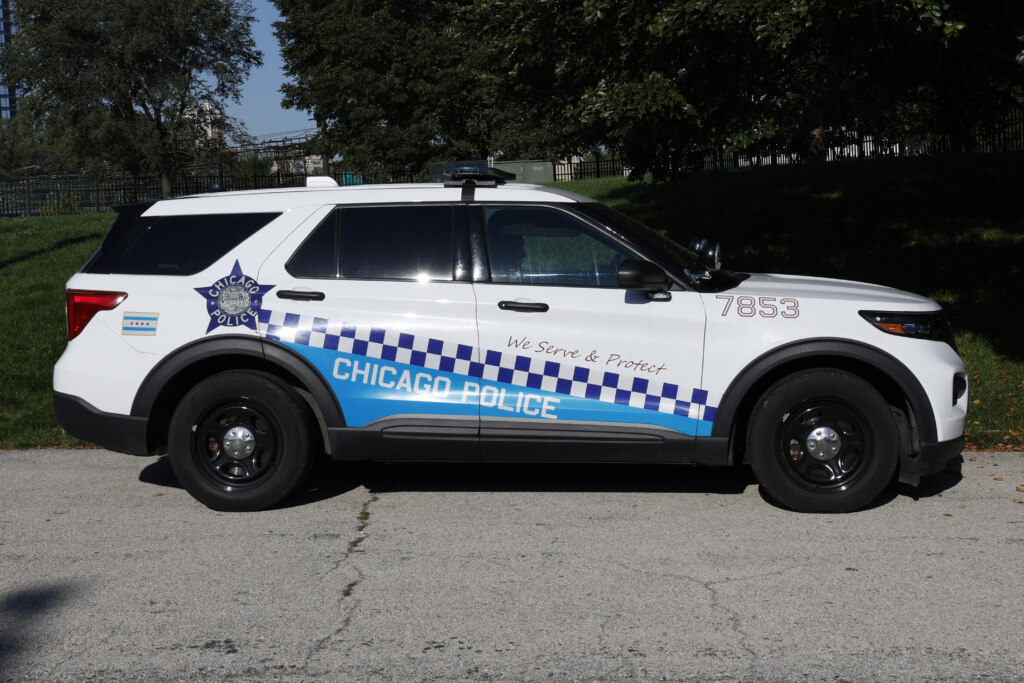Gov. J.B. Pritzker signed a law adding $11.1 billion in new liabilities to Chicago’s fire and police pensions, already the worst-funded in the nation. These “sweeteners” hurt retirement security more than they help.
Despite warnings about the negative financial impacts, Gov. J.B. Pritzker recently signed pension “sweetener” House Bill 3657 into law. It will add an estimated $52 million in costs to a city already staring down a projected $1.1 billion deficit, and $11.1 billion in accrued liabilities by 2055.
The changes essentially restore benefits for older workers, and were already made for other public safety personnel downstate in 2019. But two wrongs don’t make a right. Recent end of year actuarial valuations for 2024 reveal why a change like this is so problematic for the Chicago Police and Fire pension systems.
Even in a strong investment year, Chicago’s fire and police pensions posted mixed results that reveal long-term vulnerability. The actuarial valuation spreads gains and losses over five years to better handle sharp fluctuations in market performance, and both funds underperformed. They expected a 6.75% rate of return, but Chicago police reported a smoothed return of 5.28% and Chicago fire returned only 4.8%.
Both funds are still carrying significant unrecognized investment losses from previous years that will be absorbed gradually. For the fire fund, that total is more than $52 million. For the police fund, it’s over $65 million.
Unless future returns are consistently higher than projected, these embedded losses will continue to depress funding levels. In a market downturn or volatility, when returns fall below target again, the combination of already weak funding and delayed loss recognition means these pensions could fall even further behind, increasing the risk to both beneficiaries and taxpayers.
With how low the funding levels are for Chicago pensions, this is a genuine concern. The Firemen’s Annuity and Benefit Fund of Chicago, which has spent the past few years as the worst funded local pension fund in the nation, reported a 23.7% funding ratio in 2024 with an unfunded liability of $5.7 billion. Even with statutory funding, that ratio is projected to remain below 50% through 2042.
Chicago Police reported a slightly higher funding ratio at 24.6% and an unfunded liability of $13.53 billion. The funding policy projects the Chicago Police funded ratio to increase slowly, reaching 57% in 2045. The ramp is supposed to carry both systems to 90% funding by 2055, but funding projections have been historically incorrect based on overly optimistic assumptions which leads to an inflated future funding ratio.
“We do not endorse this funding policy,” wrote GRS consulting in their results summary, “because…[it] defers funding for benefits into the future and places a higher burden on future generations of taxpayers.”
For example, the actuarially determined contribution – or the amount that actuaries think necessary to start meaningfully paying down the debt – for Chicago Police this year is $1.34 billion. However, the Chicago Police Fund managers don’t have to pay this amount. Instead, they only pay what is required by state law, an amount this year which will be $1.04 billion. Even with the additional $67.4 million contribution above the statutory minimum considered, Chicago Police pensions are being funded hundreds of millions of dollars below what experts think they should.
A similar problem happens with Chicago Fire pensions. Segal points out that the expected payment this year of $443 million, while meeting the legal requirement set by the state, doesn’t meet the actuarial determined contribution of $554 million. The city agreed to make an “Advanced Pension Payment” of $15 million in 2025, but that barely puts a dent in the $111 million difference between what’s required by law and what the experts say will help Chicago actually pay down its pension debt.
With everything Chicago police and fire do for the community, they deserve a secure and prosperous retirement. That’s what they’re already getting under Tier 2. For Chicago Police, the average monthly benefit in 2024 was reported to be $6,585, adding up to a yearly $79,020. That’s above the average income for people working in the Chicago metro at $71,600 – a good deal for retirement. Now that the Governor has signed HB 3657 into law, their method of calculating the final average salary will change from the average of the last eight years to the higher average between the last eight years or the last four years. This shorter time period reintroduces the risk of end-of-career pay spikes that drive up pension liabilities.
It likely means that the average monthly benefits for Chicago Police will increase to levels that look more like Chicago Fire, which already implemented the alternative final average salary calculation. They reported an average monthly benefit for retirees at $7,882. That equates to a salary of $94,584 for each year of retirement. In previous years, that amount would have grown each year at about half the rate of inflation with a ceiling of 3%. Now it will increase at least 3% or the full rate of inflation each year, further driving up costs.
These kinds of benefit boosts may be well-intentioned, but do more harm than good. The reality is that the biggest threat to retirement security for public workers in Illinois is the looming debt faced at the state and local level that hike taxes, drive people out of the state, and threaten to push pensions into insolvency.
Rather than seeking to undo the changes made under Tier 2 to enhance benefits, lawmakers should focus on reducing spending, paying down the debt, and protecting revenue necessary to provide tax relief.
